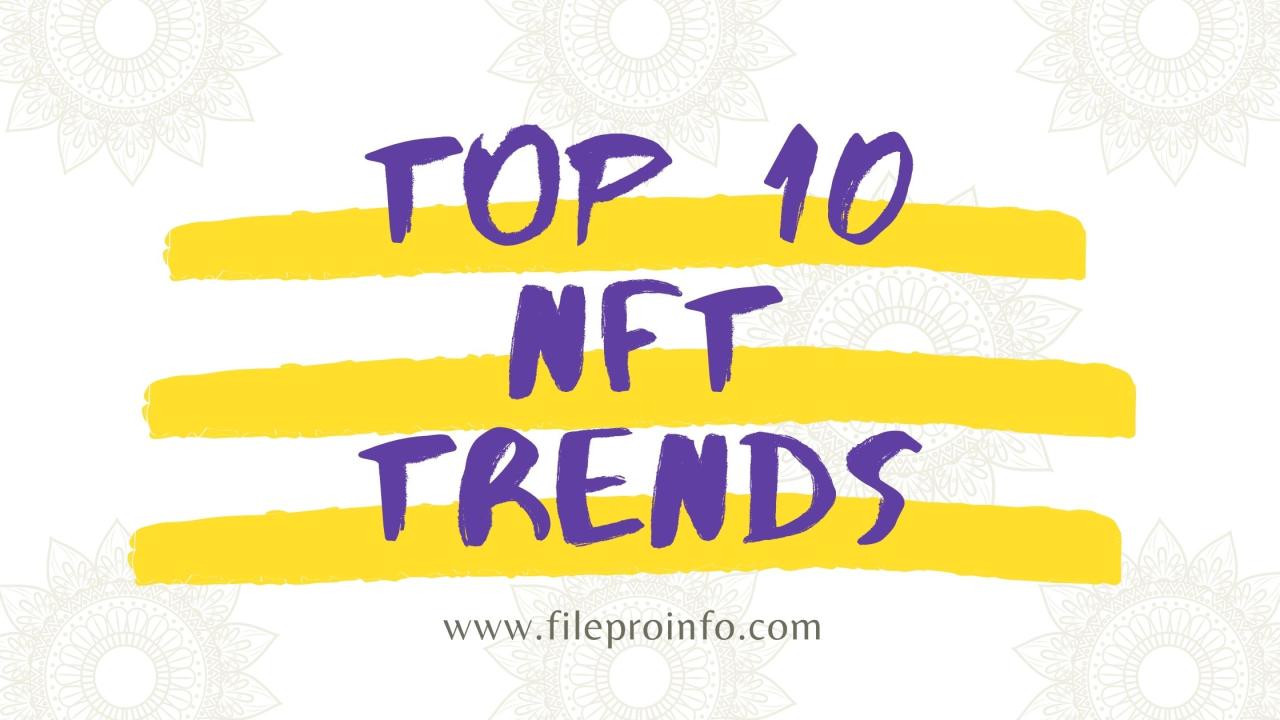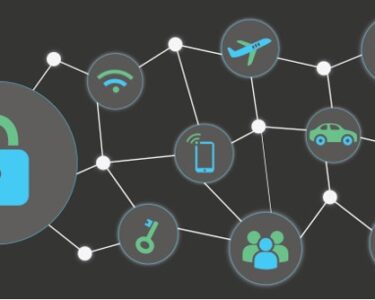
NFT Trends Shaping the Digital Art Landscape
Non-fungible tokens (NFTs) have taken the digital art scene by storm, revolutionizing the way artists create, sell, and monetize their work. In 2023, several key trends are emerging that will continue to shape the NFT landscape:
1. Augmented Reality (AR) and Virtual Reality (VR) Integration:
NFTs will increasingly integrate with AR and VR technologies, allowing collectors to interact with their digital art in immersive and engaging ways. This will enhance the ownership experience and provide artists with new avenues for creative expression.
2. Gamification and Play-to-Earn:
NFTs are becoming central to the gamification of digital art. Through play-to-earn models, collectors can earn rewards for interacting with and showcasing their NFTs, fostering a more engaged and interactive community.
3. Fractionalized Ownership:
Fractionalized NFTs allow multiple individuals to co-own a single piece of digital art. This opens up investment opportunities for those with limited capital and enables artists to reach a broader audience.
4. Dynamic NFTs:
Dynamic NFTs are programmed to change over time, responding to external events or user interactions. This creates unique and evolving experiences for collectors and blurs the lines between physical and digital ownership.
5. Cross-Chain Interoperability:
The development of cross-chain bridges will enable NFTs to be seamlessly transferred between different blockchain platforms. This will enhance liquidity and provide artists with access to a wider pool of collectors.
6. Utility-Based NFTs:
NFTs are no longer solely about artistic value. Increasingly, they are being used to represent real-world assets, provide access to exclusive experiences, or grant voting rights in decentralized communities.
7. Environmental Sustainability:
Concerns about environmental impact have spurred the adoption of sustainable blockchain protocols for NFT creation and trading. Artists and collectors are seeking solutions to minimize the carbon footprint of their digital art.
8. Institutional Adoption:
Traditional financial institutions and art collectors are gradually embracing NFTs, recognizing their potential as a new asset class. This will bring increased legitimacy and liquidity to the NFT market.
9. Increased Accessibility:
User-friendly NFT marketplaces and wallet platforms are making it easier for both artists and collectors to participate in the NFT ecosystem. Accessibility is crucial for mainstream adoption.
10. Digital Art as a Legitimate Art Form:
NFTs have challenged traditional notions of ownership and authenticity in the art world. Digital art is gaining recognition as a legitimate and valuable form of artistic expression.
These trends signal an exciting future for NFTs and the digital art ecosystem. As technology continues to advance, we can expect even more innovative and transformative applications of this revolutionary technology.


